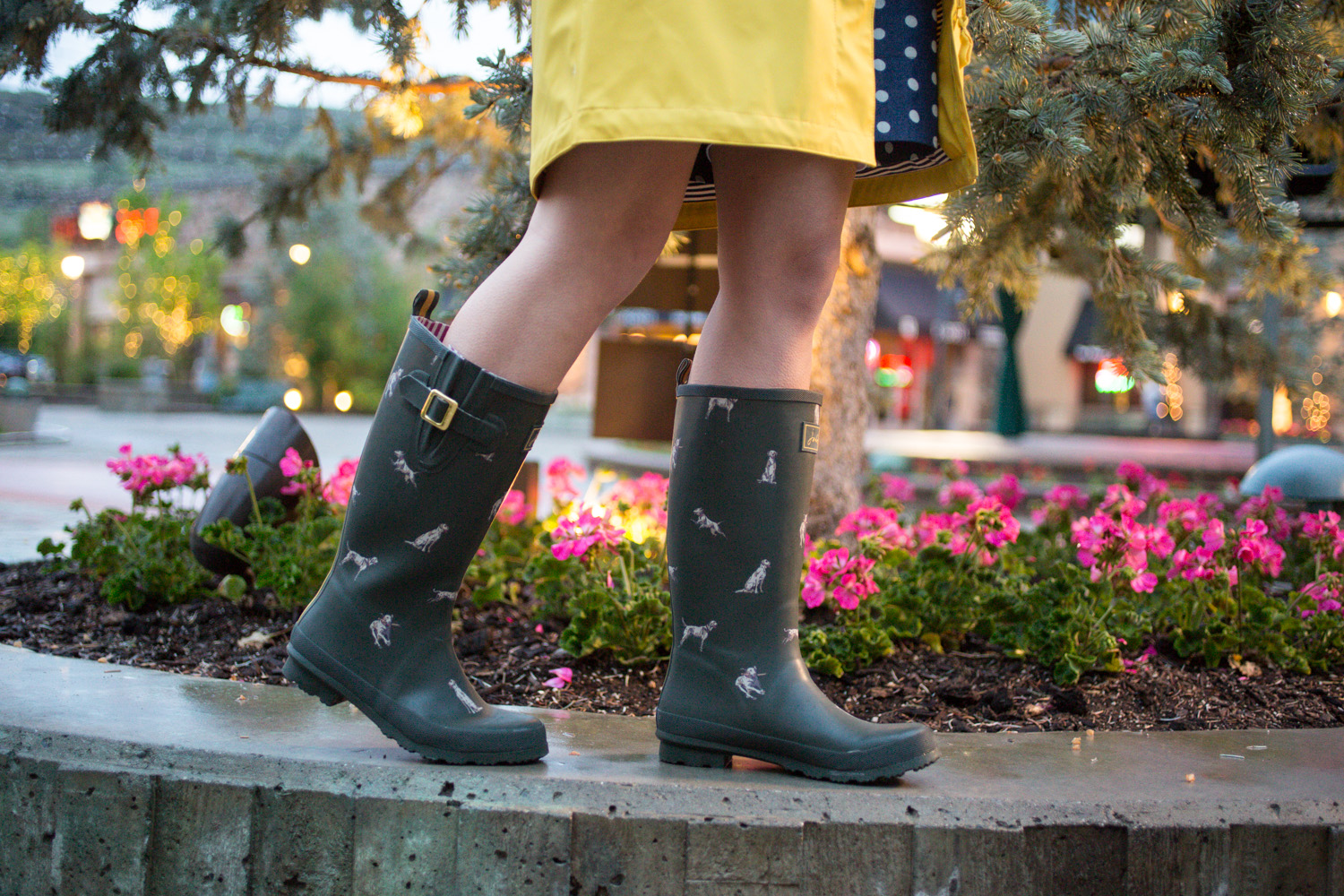Wellington boots got their name from Arthur Wellesley, the first Duke of Wellington and soon after he began sporting them in the early 19th century, they became the thing to wear for hunting and other outdoor pursuits. The first wellington boots were made of leather, and were based upon an original boot design made from hessian. Rubber arrived during World War I and in those times, added protection was vital for soldiers on horseback, and the wellington boot provided just that, with some styles covering the kneecaps, as added protection for cavalry during battle. This new fashion quickly spread throughout the Commonwealth and wellington boots soon became a household name across the globe.
A multitude of practical applications
The uses of wellies are numerous, apart from general household activities, such as gardening,they are also used in,
- Construction
- Agriculture,
- Heavy industry,
- Health and hygiene,
- Chemical plants.
- The fishing industry
- High voltage work
Technology improves the traditional wellie
Waterproof boots have come a long way since the Duke of Wellington began wearing them while hunting and fishing. The introduction of neoprene, as opposed to regular rubber, allows for much needed improvements in the field of protective footwear.Neoprene offers lightweight strength and durability that far outweighs rubber. Other advantages include better insulation, a better fit which results in less inner friction, firmer grip and increased durability. Now popularly referred to as Muck Boots, wellies come in a variety of styles, colours and designs, to provide the ultimate in safety and comfort. Check out discount wellies from Quality Wellies and find a bargain price for that much needed apparel.With such obvious benefits, it is no surprise that muck boots have taken over in the protective footwear field.
Wellies to suit everyone
Worn mainly in wet, muddy or freezing conditions, the wellie has grown in stature, incorporating new designs and materials, which offer a comprehensive solution to working in all kinds of environments. Men, women and children can now find a perfect match, not only in size, but also design and style. Full or half-length designs, and even shoe styles, can increase comfort levels when working in difficult conditions.
Fashion mixed with practicality
Women have always been much more fashion conscious than their male counterparts and the thought of wearing thick, cumbersome boots somehow doesn’t appeal to fashion conscious females. Yet muck boots have changed all that, and the lady who needs to have sound, footwear protection, can now achieve this with the style she expects.
Tailored to fit
One of the major complaints about wellies was that they are loose fitting, which invariably leads to inner friction. This causes painful blisters, much like wearing leather shoes used to. However it is pleasing to know that is a thing of the past, with close fitting styles that eliminate the feeling of wearing something three sizes too big. All in all the protective footwear industry has made major leaps and looks like it will continue to develop in line with customer needs.
